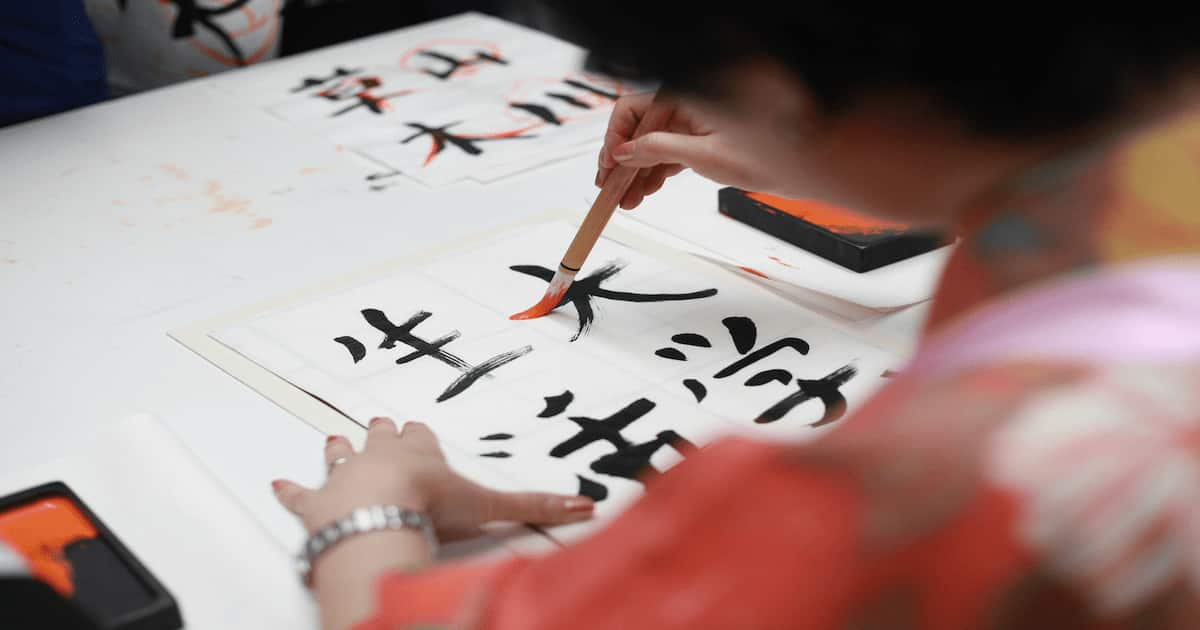How are your Japanese studies progressing? Whether you're practicing with the JLPT KANJI app, speaking with pen-pals, or writing essays, improvement is key! Today, let’s dive into the Japanese word for 'improvement' or 'progress': "jyoutatsu" 「上達」(じょうたつ). We'll explore its meaning, learn how and when to use it, break down its kanji, and practice example sentences to master this useful N3-level word — all while improving our vocabulary!
The meaning of 上達 (じょうたつ)
「上達」means "improvement", "progress" or "advancement". It’s often used to describe growth in skills, abilities, or achievements, especially after putting in effort. Whether it's your Japanese, cooking, or even sports, 「上達」 (jyoutatsu) is your go-to word for talking about getting better.
日本語が 上達しました。
My Japanese has improved.
Kanji breakdown
上
above, up, rise
達
accomplished, reach, attain
上達
improvement, progress
上 (in this case—じょう) means "up" or "rise". It suggests moving upward or forward—a key part of progress. 達 (in this case—たつ) has meanings of "reach" or "attain". Together, 「上達」 evokes the image of 'rising above to a higher level, to reach and attain something' through persistence and dedication.
How to use 上達
Use 上達 when talking about improvement in areas like language learning, sports, art, or music. Personal goals: Perfect for discussing self-improvement and achievements.
ビジネスの話し方が" 上達している。
Your business communication has improved.
今年、マラソンを 上達したい
This year, I want to improve my marathon running.
Example sentences
あなたの ピアノが 大きく 上達しました。
Your piano skills have greatly improved.
今年の目標 は 英語を 上達させることです。
This year’s goal is to improve my English.
学生は 每日 文法を 上達しています。
The students are improving their grammar every day.
Difference between 上達 and 進歩
進歩 (しんぽ) means "advancement" or "progress" in a broader sense, not neccessarily towards a goal or by intentional problem-solving, and might imply natural or gradual progress rather than targeted improvement. For example, technology or society.
科学が 大きく 進歩した。
Science has made great progress.
Difference between 上達 and 改善
改善 (かいぜん) refers to improving conditions, processes, or systems, often with a focus on problem-solving or optimization, such as workplace efficiency or quality control. It implies an active, intentional process of improvement, usually by addressing flaws or inefficiencies
サービスを 製品しました。
We improved the service.
Difference between 上達 and 発達
発達 (はったつ) is used in the context of 'development' or 'growth' of physical, mental, or structural capabilities, often describing processes in nature, society, or organisms.
水泳は 筋肉を 発達させる。
Swimming develops our muscles.
Extra
The kanjis 達 and 上 appears in numerous vocabulary in the JLPT N3, such as:
- 発達 (はったつ) - development; growth
- 配達 (はいたつ) - delivery
- 達する (たっする) - to reach; to get to; to arrive at
- 取り上げる (とりあげる) - to pick up
- 上手い (あまい) - skillful; skilful; skilled; good;
- 上等 (じょうとう) - superior; first-class; excellent; top quality
Why not check out these vocabulary items to further solidy your understanding of the kanji!
